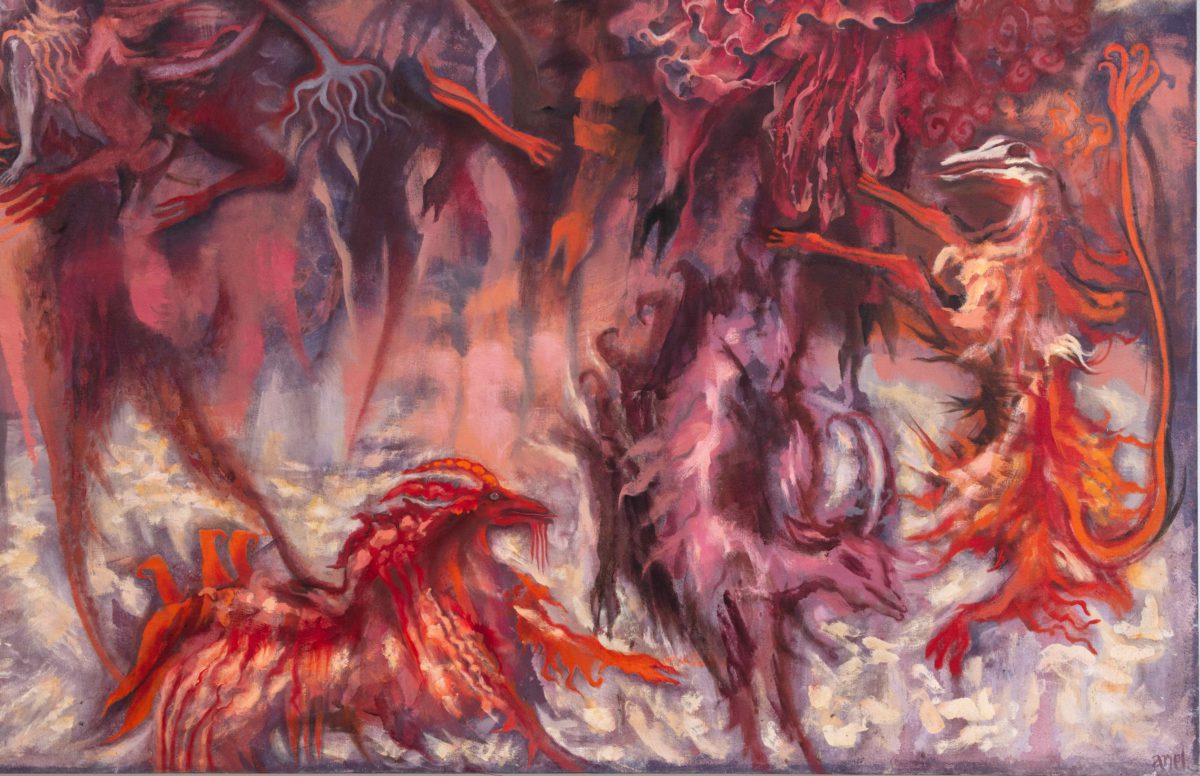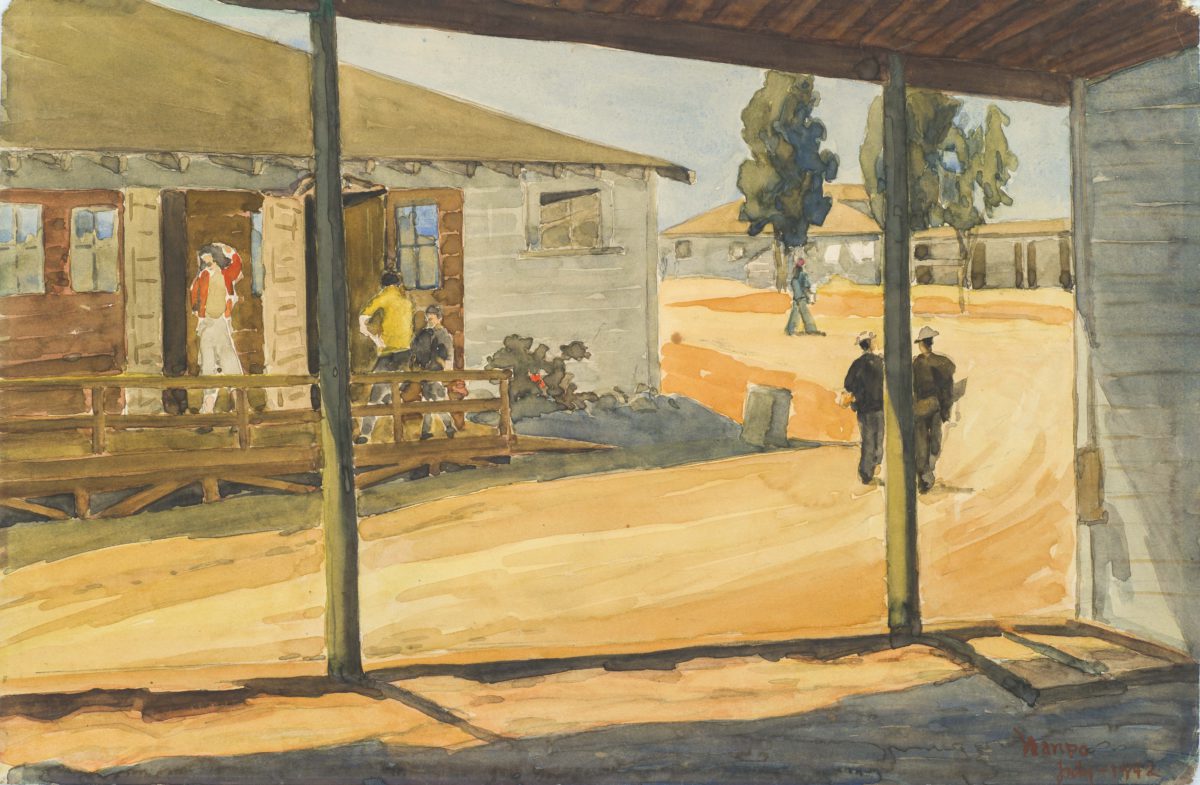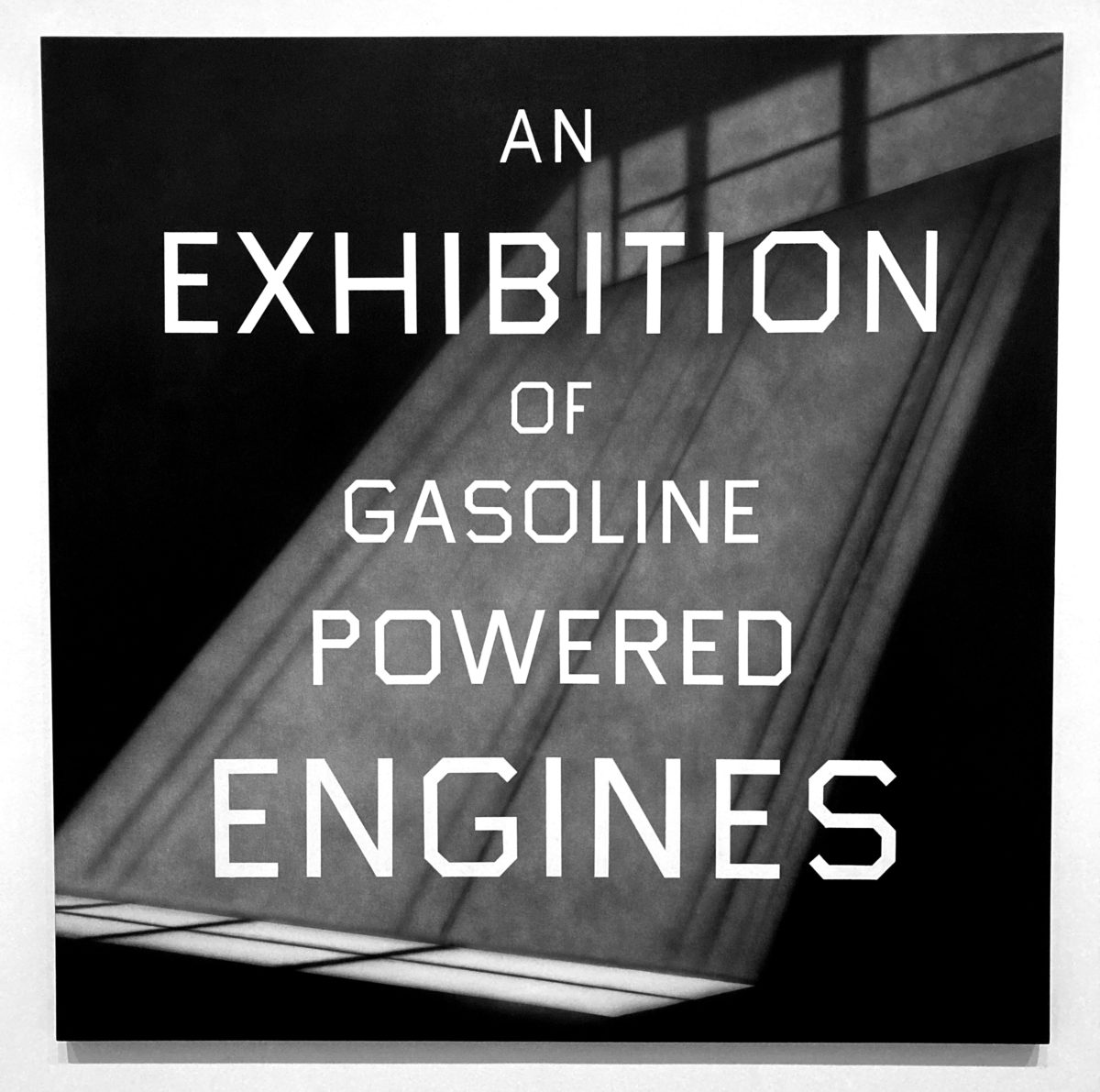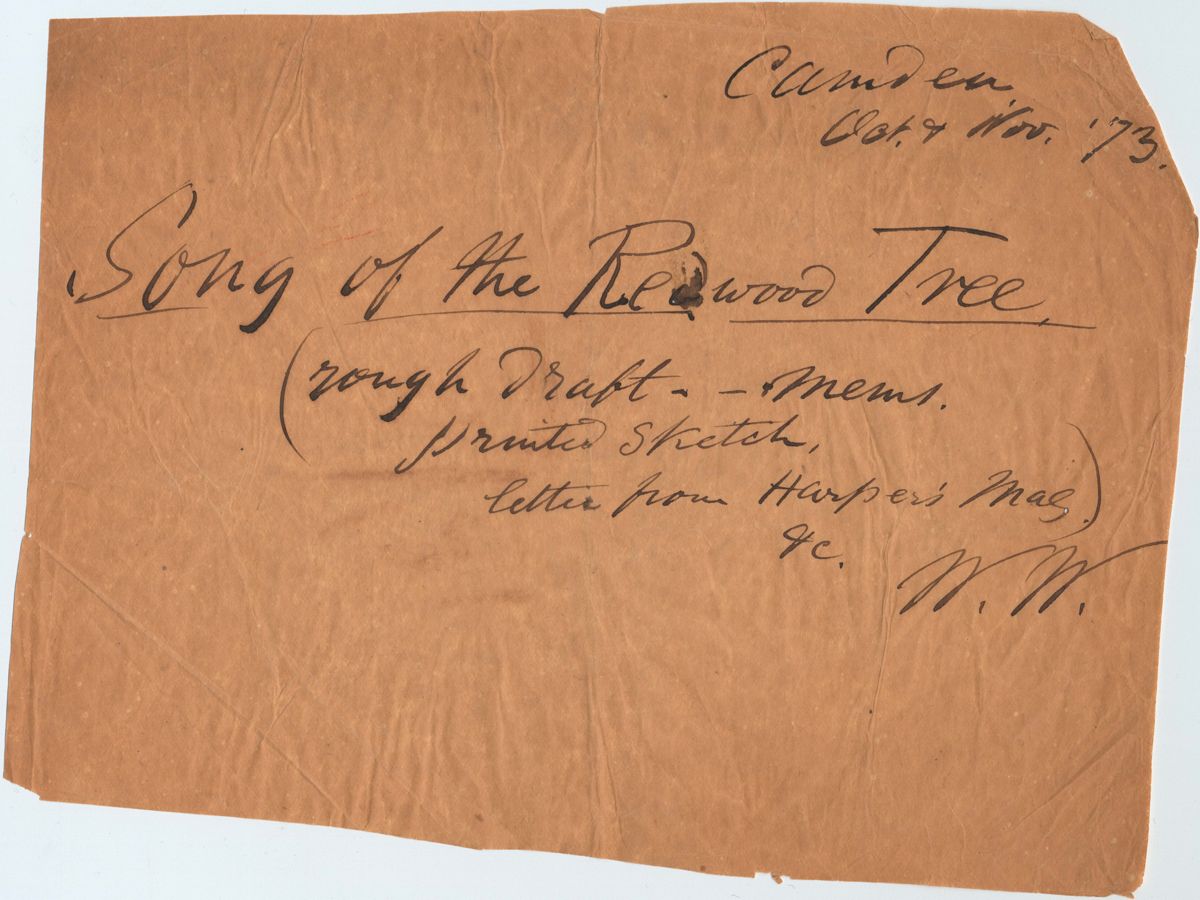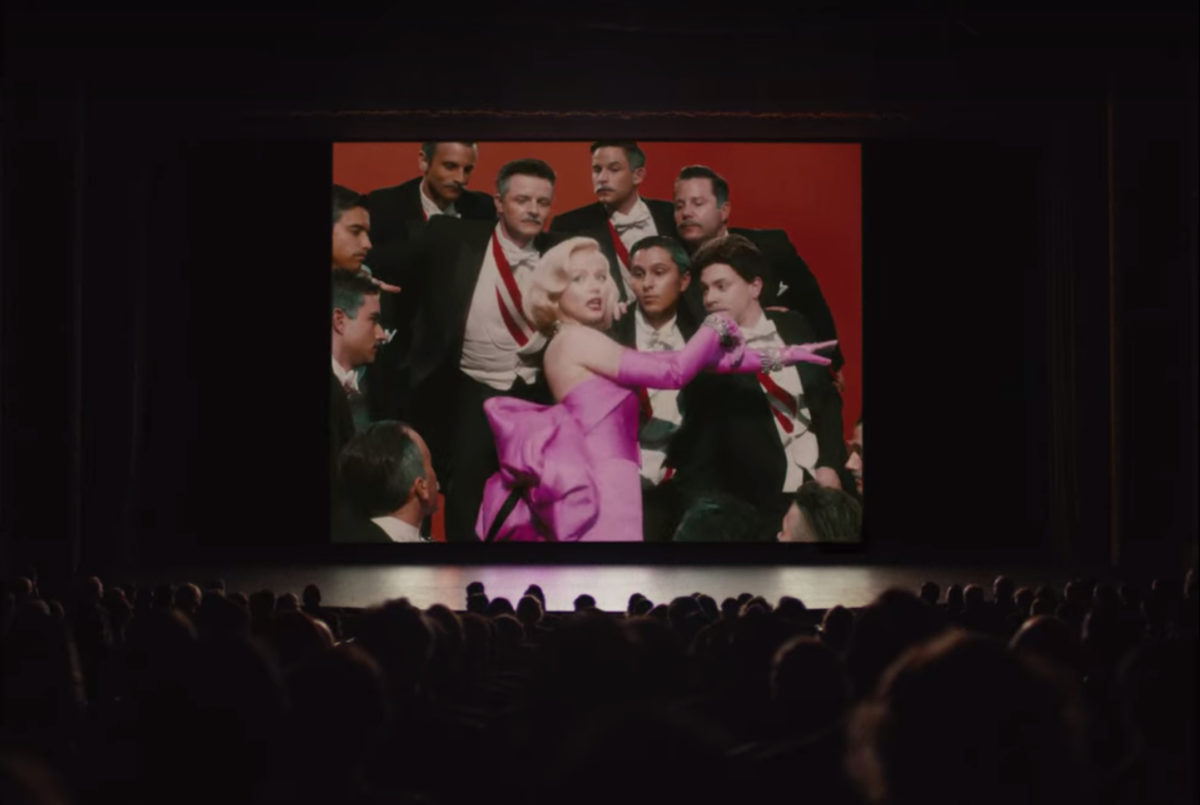
Every image finally looks to rouge or blood. –Elizabeth Hardwick
A film star is not bound by the rules of time and space. Her true currency—imagery—affords her a shot at bliss, a privilege ever stalked by horror. In death, the film star coaxes out cinema’s more necrophiliac tendencies: Persons long dead animate screens agelessly, over and over again, free to besiege our dreams, to instigate lovers’-like spats, crimes of passion. “A film star is not a character in a book,” wrote Elizabeth Hardwick. She is “not a writer with [her] text to be thought about, not a personage in history fixed by the glue of biography.” A film star is something altogether different: bewitching, preternatural.
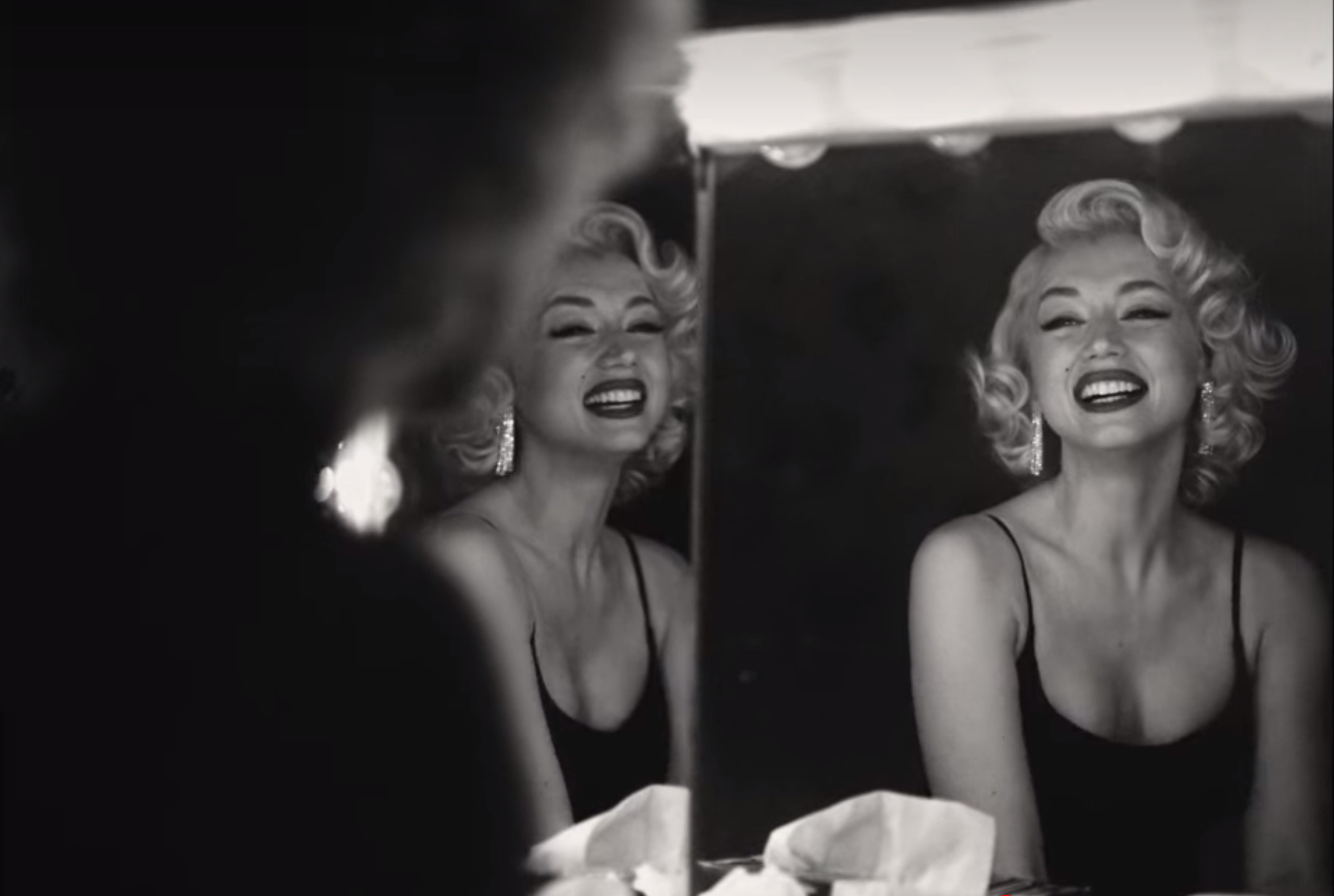
Marilyn Monroe may just be the ghost queen of film stars. Certainly in Los Angeles, her town, where her spirit supposedly dwells part-time at the Hotel Roosevelt, keeping watch over the street impersonators of Hollywood Boulevard and the stars of the Chinese Theater alike. Her dystopian tale is very City of Angels. Born at L.A. County General, she was shipped off to the outer reaches of Hawthorne, seduced by Hollywood and chewed up and spit out. But she never died, not really. A touch of the uncanny can be felt from her many murals and street portraits. And following the many gruesome testimonies of the Harvey Weinstein sexual abuse scandal, the grim tale of her fate at the hands of powerful men has been given more era-appropriate, gore-core resonance.
Australian filmmaker Andrew Dominik’s latest film, his first dramatic effort in 10 years, is a hyper-stylized, hallucinatory adaptation of Blonde, Joyce Carol Oates’s unsparingly hellish 2000 novel about Monroe. Starring Ana de Armas as the most iconic female of the modern era, Blonde (available on Netflix) has since been called “One of the Most Detestable Movies Ever Made.” Oates hailed it “a work of art” and called Dominik’s vision “identical to my own” in a recent New Yorker profile. Despite Dominik’s attempts to combat our climate of outrage—“[Blonde is] a film that definitely has a morality about it. But it swims in very ambiguous waters… There’s something in it to offend everyone”—its issues lie elsewhere.
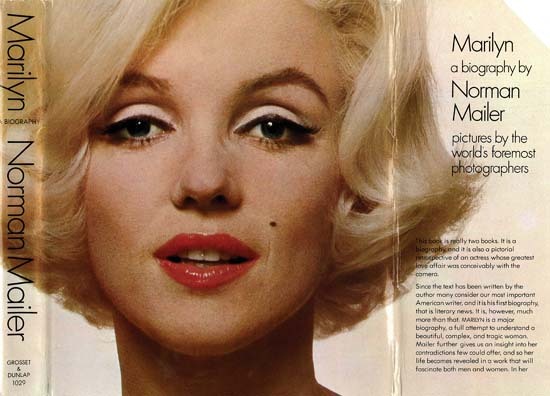
It’s been a while since something Marilyn-related was this hated. Commissioned by Lawrence Schiller in 1973 to write a 30,000 word introduction for a handsome paycheck, Feminist Enemy No.1 Norman Mailer buffet-trayed himself to 93,000 words for the picture biography, Marilyn: The Classic. People were not impressed. (Pauline Kael wrote in the New York Times: “Who knows what to think about Marilyn Monroe or those who turn her sickness into metaphor? I wish they’d let her die.” In Commentary, Clive James called Mailer’s adoration “as amateurish as an autograph hunter’s.”)
Nevertheless, even Mailer (who had an intense attraction to the screen icon and even tried to force a meeting between the two to no avail) aptly criticized the state of Monroe’s place in the wider media: “We have only seen her limned as an angelic and sensitive victim or a murderous emotional cripple.” In his own belligerent, 10,000-words-a-minute manner, Mailer searches—yearns—for Marilyn’s will, for her agency, for her “desperate imperative” (not of the desperate female varietal but of the wounded psyche’s desperation to communicate). Sex-obsessed as ever, however, he hammily dubs her the “angel of sex” and, apart from his characteristically keen eye for scene and detail, much of the book is a continuation of his Reichian-tinged commentaries on American culture—Marilyn Monroe as a superlative, sexual entity, eliciting, rebuffing, desiring, and bleeding sexual energy all the way to the grave.
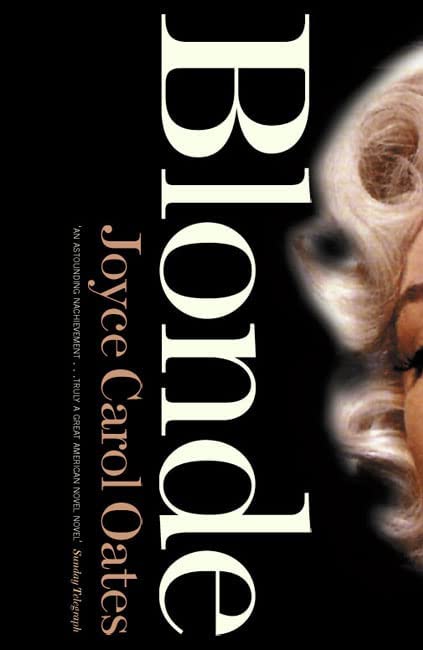
Skeptical of the biographical form’s ability to effectively capture anyone’s life—let alone Monroe’s—Mailer declared the following challenge: “It is possible there is no instrument more ready to capture the elusive quality of her nature than a novel.” Message received by Joyce Carol Oates, in a remarkable, even Balzacian effort, considered both “fat, messy, and fierce” (New York Times) and “a bloated, humorless fictional speculation” (Kirkus). She was drawn to Norma Jeane Baker as “the girl in a fairy tale” and used that starting point to construct something in the mold of a feminist’s Great American Novel. Most of all, Oates claimed to be most interested in writing about life in America, in all its facets. Which brings us back to Dominik’s latest take.

Blonde largely plays as a long-winded composite of gorgeous shots and masterly tricks of light and effect. Aspect ratios switch, black and white alternates with color, and there is no doubt that as a dreamy “art piece” Blonde works. (But let’s leave the CGI baby out of it. Maybe calling out to Kubrick’s Star Child was an allusion too far.) Where Blonde fails, however, is that Marilyn is thrown from shimmering scene to shimmering scene, from humiliation and heartbreak to heartbreak and humiliation, like a pinball. Despite being anchored by Ana de Armas’s deeply felt performance, the story, ostensibly known by just about everyone, is left to follow an automated track, feeling vacant, like one of those amusement park rides where the little train cars negotiate a house of animatronic horrors.
Sure, the furrowed brows and scowls of Bobby Cannavale as concerned sexist Joltin’ Joe DiMaggio are skillfully rendered, as are Adrien Brody’s pensive, mournful looks as Egghead Arthur Miller the cowardly. But they lack dimensionality, as do practically all the historical figures. So set in their historical stone, these roles aren’t even granted the illusion that their lives constituted difficult choices. They’re all just grave markers in a long and neo-gothic fairy tale. Or maybe Dominik indeed set out to shoot a most spectacular and fatalistic example of historical determinism. Either way, something isn’t working.
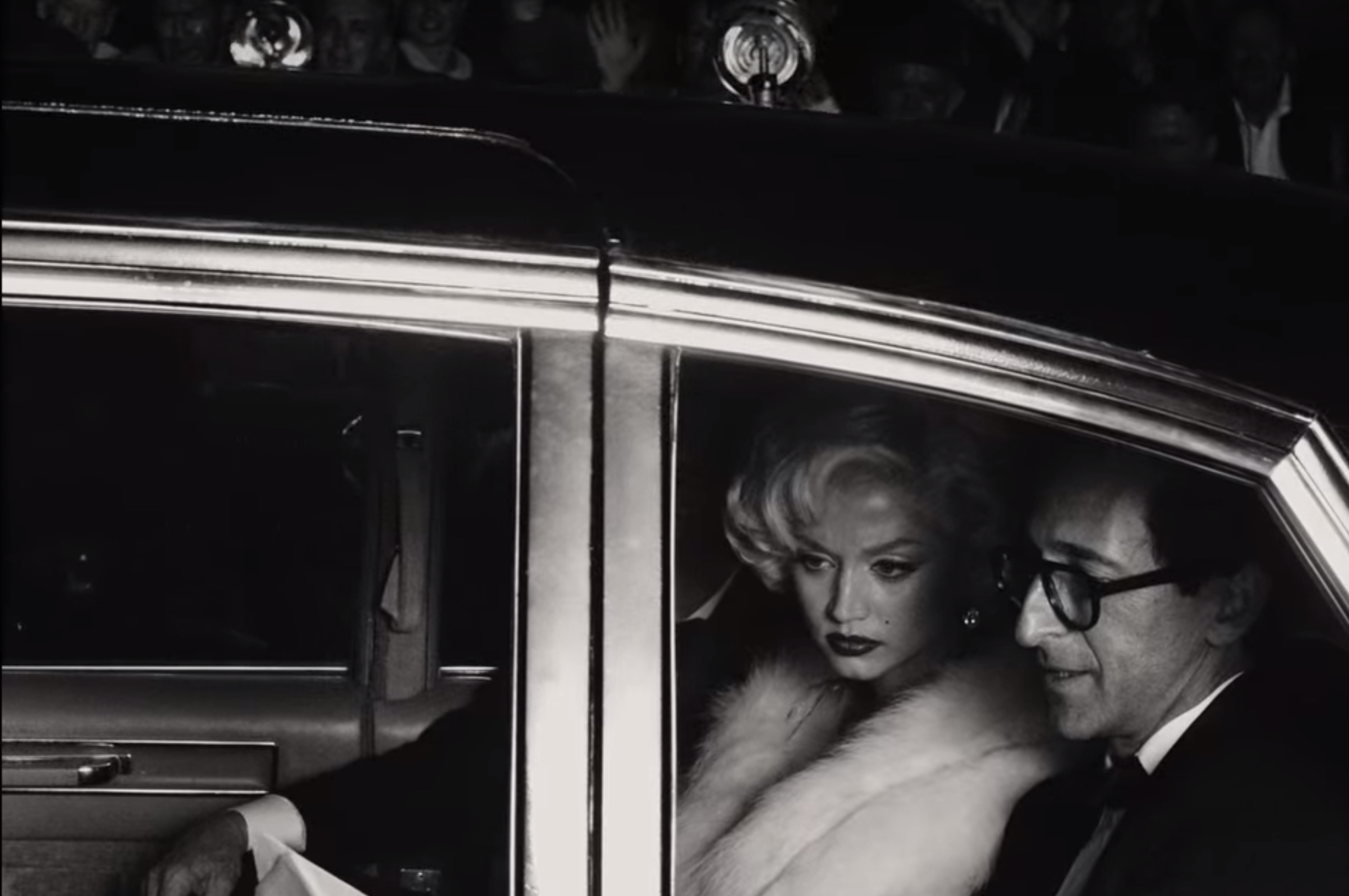
Let’s be clear. Touching Marilyn Monroe from any seemingly inventive biographical perspective seems to be verboten. If there’s anything I’ve learned from the responses to Blonde (Dominik), Blonde (Oates), and Marilyn (Mailer), it’s that no one is happy with anyone else’s take on someone that has burned canyons into the synapses of their personal gray matter, no matter the author’s intentions.
Where Dominik’s Blonde works is as pure horror. It’s horrific, but not abhorrent, on three distinct levels: aesthetically, as a nightmare fever dream; psychologically, as an emotionally taxing course on unrelenting sexual and mental abuse (climaxing in a devastating JFK depiction—featuring staff lingering, Bobby listening, Jackie fucking weeping—as a king rotten with power); but worst of all, artistically, for it introduces the horror that despite the hook of a true icon, one with whom millions of people sympathize, we suddenly find ourselves bored, disconnected from the horrors taking place, for Marilyn herself has become a mannequin on rails—and what greater horror is there than boredom with tragedy?

